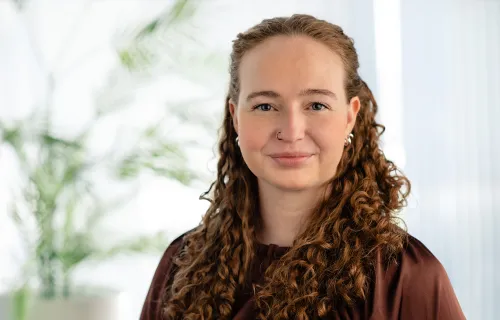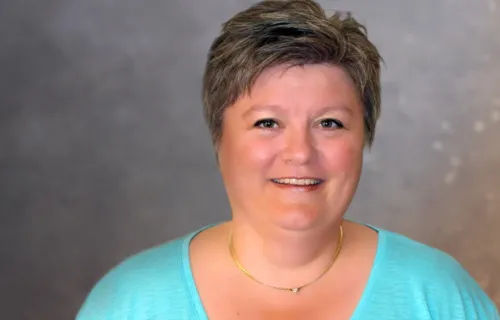Ahead of International Women’s Day, we interviewed John Karnblad, SBU President, Scandinavia, and Veronica Wiren, Head of HR, CGI, Scandinavia, to hear their views on the issue of gender equality. Both agree that even though it remains a priority, the issue needs to be broadened to deal with inclusion in a wider sense.
Today sees the whole world celebrating International Women’s Day. Prolonged, determined efforts have helped most businesses in Scandinavia to realise that there is a point to making use of the full potential of the workforce, not just half of it. CGI currently has an even distribution between women and men in the Scandinavian management team, and work continues to achieve a more even gender distribution in general. But the world is changing, contact interfaces are increasing and it is not only women who share that sense of not being fully appreciated if they do not conform to the norm. This is why CGI is continuing to work hard to create an inclusive culture, also in a wider sense.
Creates dynamics
“For me, it’s not about political correctness, but about building a dynamic that is needed in an organisation to reflect the society in which we live. Which is why we need to listen to and make use of all perspectives and all the competence that exists,” says John Karnblad, CEO, CGI Scandinavia.
Much of the work is about opening your eyes to your own behaviour, he feels. His own experience tells him that it is easy to mirror yourself in a recruitment context:
“I can just look at my own leadership in retrospect. In my first proper managerial role, I assembled a management team that was pretty much like me in terms of behaviour and values. In my defence, the situation was pressurised – it was about turning round a business. That went well in itself, but after a while we ground to a halt, our meetings were quiet, no one was coming up with bold ideas. Having reflected on this, I soon realised that it was all down to me,” he explains.
This insight led John to reshape his management team. He actively created a dynamic by picking out people he knew to have totally different perspectives and approaches to his own, in order to bring creativity to the job and thereby achieve better operational results.
“Looking back, there was an amazing difference in both the management team and throughout the organisation, so that’s a lesson I’ve definitely brought with me in my work here at CGI,” he says.
Aspect of internationalisation
The concept of inclusion is also one aspect of a process of internationalisation, an adaptation to the way society is developing, believes John. CGI is therefore now working actively to recruit employees from different cultures. One tangible outcome is that CGI, through its recruitment, has increased the proportion of senior managers with a non-Scandinavian background.
“But we’re not working primarily on inclusion just to adapt at an international level, it's absolutely about identifying the most talented individuals so that we can deliver top quality to our customers,” emphasises Veronica Wiren, Head of HR, CGI Scandinavia.
One of CGI’s global goals is to work actively on diversity and inclusion in day-to-day work and recruitment processes. The objective is that there shall always be at least one woman among the final candidates in each managerial recruitment, and that the proportion of candidates who are not Scandinavian citizens is increased in general, she explains.
Open culture
Now, both of you are relatively new to CGI. Did you yourselves feel included when you started work here?
Yes, absolutely, confirm both.
“I think there’s a really open and human culture at CGI. There’s a curiosity about others and people are quick to make use of what new colleagues bring with them. This is a climate we create together, those of us already working here, that’s important to remember,” says Veronica.
With most people now working remotely, creating an inclusive culture can be an extra challenge. What are your thoughts on that?
“It’s incredibly easy to exclude people in this situation, so we must work much more proactively to reach out to each other. But it’s also about finding ways to be self-motivating, making sure you give yourself the opportunity to be included by driving your own agenda and making your own voice heard. This is where we as managers have a major responsibility to create the conditions for this to happen,” says John.




